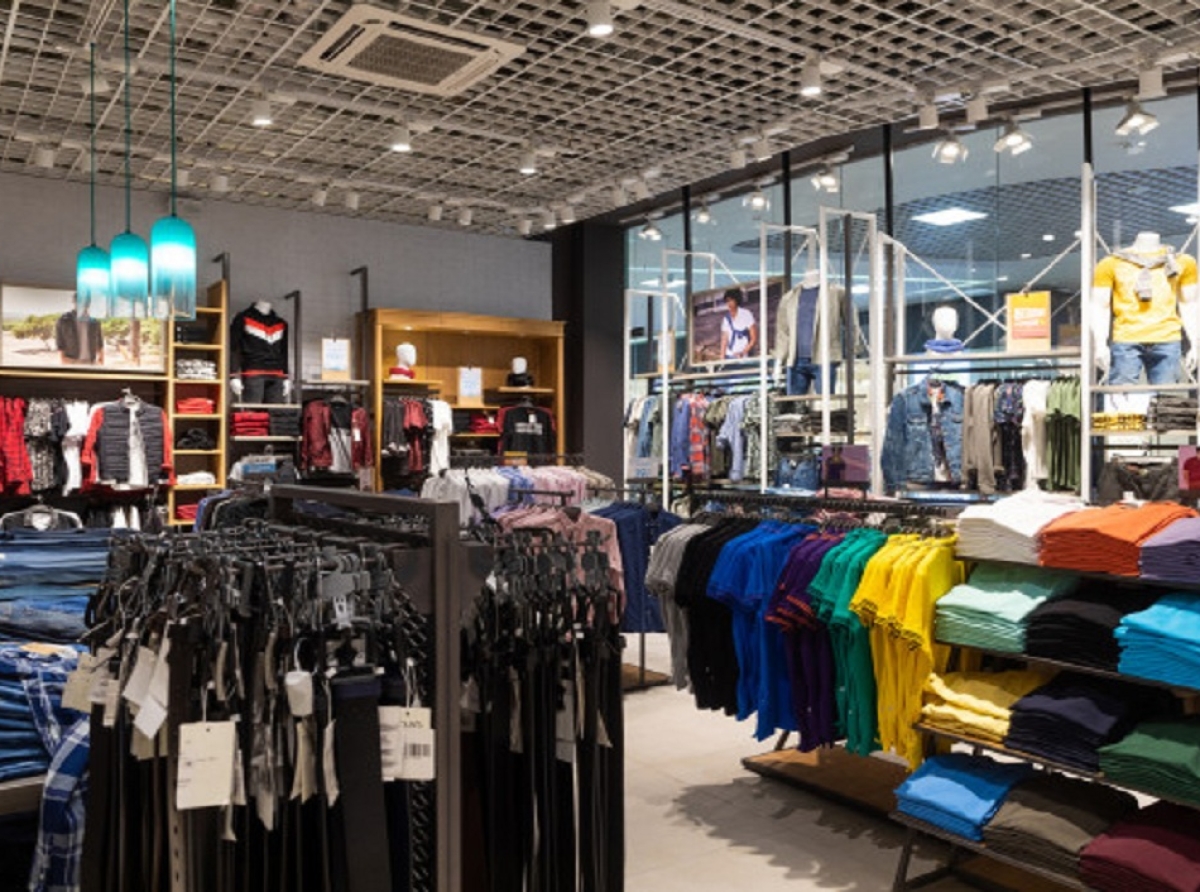The Indian apparel retail market is on a runway to success, projected to reach a $108 billion by 2026 as per Knowledge Ridge, placing India as the third-largest apparel retail market globally. This growth, however, is due to diverse consumer preferences across product categories, brands, and locations.
A tale of two segments
The premium apparel segment is experiencing a boom. Rising disposable incomes and a growing aspirational class are driving demand for luxury and designer brands. International labels are setting shop in India, while homegrown premium brands are expanding their reach. According to a Deloitte study, the premium apparel market in India is expected to grow at a CAGR of 12.5 per cent by 2025. People are seeking high-quality, branded clothing that reflects their evolving sense of style, say experts.
Whistles, a premium women's wear brand, reported a 30 per cent increase in sales in 2023 compared to pre-pandemic levels. "We're seeing a growing demand for high-quality, work-appropriate clothing as women return to offices," says Shreya Agarwal, CEO of Whistles India.
However, the value segment remains the dominant force, accounting for a larger share of the market. Consumers in Tier II and Tier III cities, along with budget-conscious shoppers in metros, are driving sales for value brands and private labels.” Value segment retailers are constantly innovating their designs and collections to cater to this segment," explains a spokesperson for the Confederation of Indian Textile Industry.
"Our private label apparel sales have grown by 25 per cent year-on-year," says Vikas Ahuja, COO of a leading hypermarket chain. "Consumers are looking for trendy styles at affordable prices, and private labels offer that perfect balance."
Metros lead the charge in premiumization
Metros like Delhi, Mumbai, and Bangalore are witnessing a significant rise in premium apparel sales. Department stores and luxury brand boutiques are experiencing a renewed footfall. For instance, a recent study stated that premium menswear sales in Delhi NCR grew by 20 per cent in the last quarter. Tier II and Tier III cities, on the other hand, are experiencing a rise in organized retail chains and value brands. "While e-commerce is booming in metros, Tier II and III cities still prefer the touch-and-feel experience of physical stores," says Kumar Jha, Retail Analyst at Technopak Advisors.
Interestingly, the growth is evident across menswear, womenswear, and kidswear. Menswear is witnessing a rise in demand for athleisure and casual wear, while womenswear is experiencing a surge in ethnic wear and work formals. The kidswear segment is driven by a growing focus on comfort, sustainability, and brand consciousness.
In fact, it’s the kidswear segment that is vibrant with both premium and value options. Parents in metros are increasingly opting for premium kidswear brands that offer superior quality and international styles. However, Tier II and III cities continue to show a strong preference for value yet trendy kidswear.
The Indian apparel retail market is a dynamic and multifaceted landscape. While premium brands cater to the aspirational class in metros, value brands dominate Tier II and III cities. Each segment - menswear, womenswear, and kidswear - is experiencing growth driven by specific consumer preferences. As the economy continues to flourish, the apparel retail sector is poised for further expansion, offering immense opportunities for brands and retailers who can cater to this diverse and ever-evolving market.


















